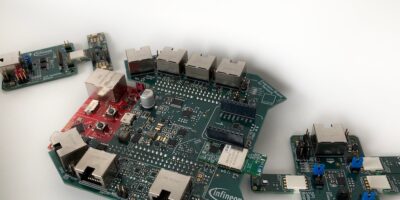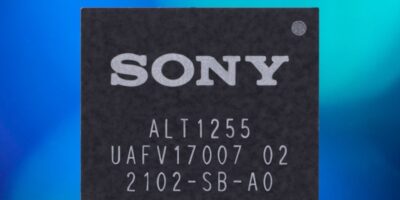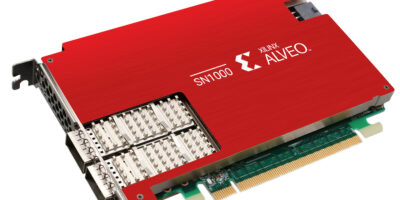Sensors, microcontroller and embedded security hardware, software and CloudFormation templates are gathered together in the Xensiv predictive maintenance evaluation kit which has been developed by Infineon Technologies with Klika Tech, the IoT service provider.
The evaluation kit is powered by the cloud service provider AWS.
The kit is intended to be a starting point for quick and easy evaluation of sensor-based condition monitoring and predictive maintenance. Target applications include heating, ventilation and air conditioning (HVAC) equipment as well as motors, fans, drives, compressors, refrigeration and other components of smart buildings.
“Together with AWS and Infineon we assembled an end-to-end HVACR [HVAC and refrigeration] predictive maintenance evaluation kit and anomaly detection solution that enables building operators to evaluate features to proactively respond to issues before they become costly failures,” said Gennadiy Borisov, president and co-CEO of Klika Tech. “
The Xensiv predictive maintenance evaluation kit is an extension for the XMC4700 XMC Relax kit. It can be equipped with Xensiv sensor satellite boards with a range of sensors for data collection and condition monitoring. Sensor options include an airflow measurement based on the Xensiv DPS368 barometric pressure sensor, current measurement at the fan and compressor based on the Xensiv TLI4971 current sensor, position sensing of the motor with the Xensiv TLI493D-W2BW 3D magnetic sensor or sound anomaly detection with the Xensiv IM69D130 MEMS microphone.
There is also the option for linear movement vibration measurement with the Xensiv TLE4997E linear Hall sensor, open and closed lid detection with the Xensiv TLE4964-3M Hall sensor, speed and direction measurement with the Xensiv TLI4966G double Hall sensor or data processing with the XMC industrial microcontroller XMC4700 powered by the Arm Cortex-M4. There is also the option for secured connection and authentication and multi-account registration with Optiga Trust M embedded security.
The software provided in the kit supports the FreeRTOS kernel. AWS Cloud integration is completed by full AWS CloudFormation templates and a software application stack. A graphic user interface (GUI) and basic anomaly detection are also included.
For connectivity, Wi-Fi and Ethernet are integrated on-board, as well as a mikroBUS ClickBoard interface for extended connectivity.
The Xensiv predictive maintenance evaluation kit will be available for selected customers at Infineon’s virtual Embedded Solutions Conference 2021. It will be available to order from distributors in the first half of 2021, says Infineon. A quick start guide, as well as Github and CloudFormation templates will be available for easy and quick set-up.







